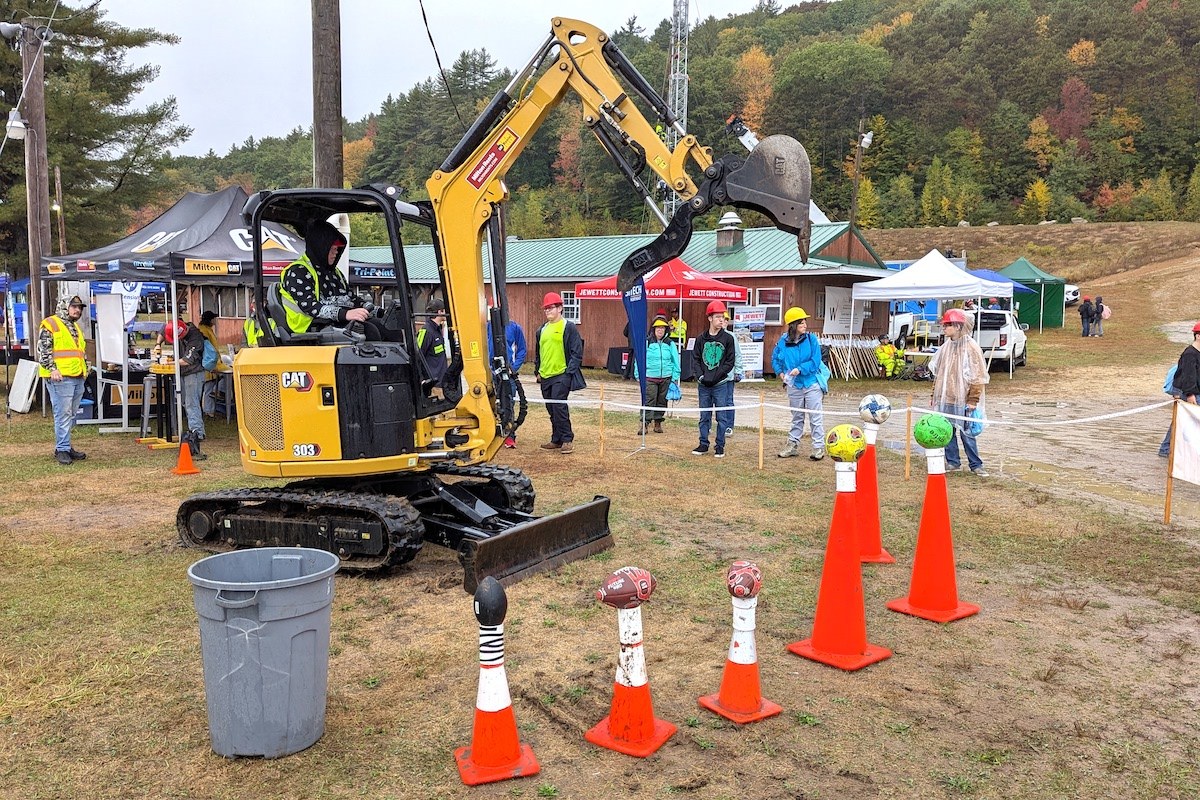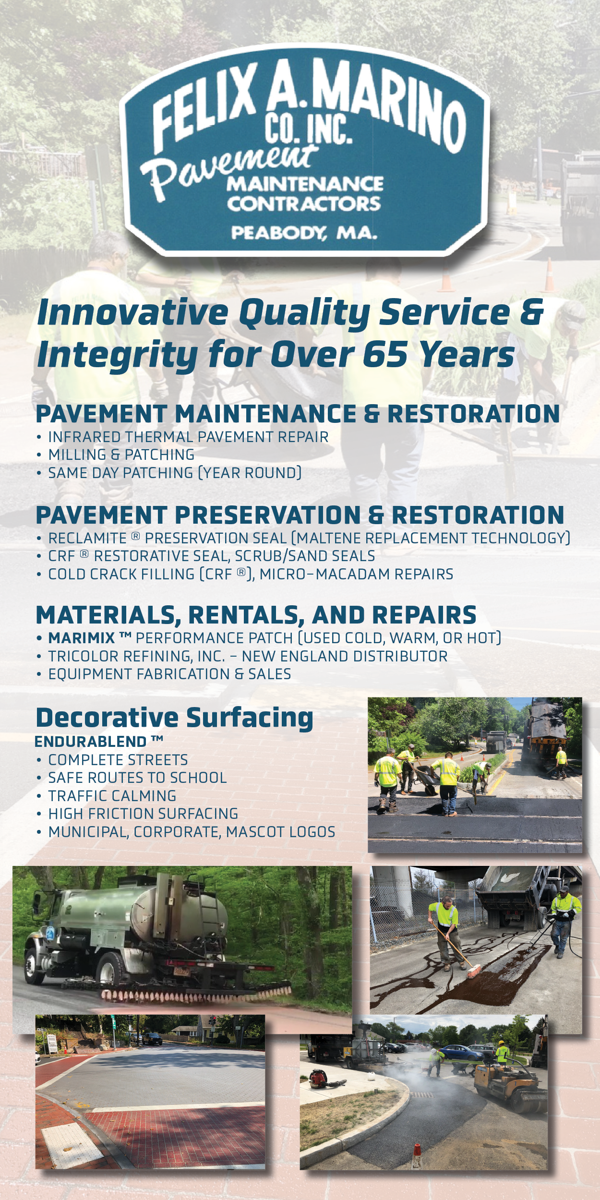Safety isn’t a discrete activity or afterthought on utility construction sites. Instead, it’s an attitude and philosophy that must become an integral part of all operations. By encouraging all contractors and their workers to embrace the utility’s commitment to safety, it’s possible to facilitate the development of an even stronger safety culture.
Moving toward a stronger culture begins with training for all construction management and project management representatives. Such training should focus on enhancing positive safety leadership skills in areas such as:
- Hazard recognition
- Key safety tasks for supervisors
- Human error
- Risk understanding
- Decision-making strategies
It’s important to stress strategies for key safety tasks for contractor employees, including preplanning for job activities, evaluating the environment for safety, hazard recognition, the advantages of positive reinforcement, coaching employees, and effective motivation.
Bad Things Offer Good Lessons
Contractors and workers are often reluctant to offer thoughts and insight that might be perceived as “negative” or “tattling” on other workers. Successfully developing a safety culture requires encouraging workers and contractors to instead adopt an attitude in which finding “bad” things on a jobsite is seen as both normal and positive. Whenever safety professionals observe a worksite, they are likely to find examples of behavior and practices that provide opportunities for improvement or lessons learned.
Fundamentally, unsafe situations or actions can be addressed in two ways: you can blame and punish, or you can learn and improve. In the utility world, blame-and-punish approaches have been familiar for a long time, so part of creating a strong safety culture involves fostering a focus on learning and improving.
When “bad” things are found on a jobsite, it’s important to bring in supervisory staff such as the project superintendent and general foreman, explain the situation to them, and encourage them to take the lead in identifying solutions. To sustain safe work practices, workplaces and attitudes about safety must evolve. Today’s observations and actions influence future workplace methods and behaviors.
Concentrate on the Right Indicators
Too many safety observations focus on the wrong things. Supervisors head out to a jobsite armed with a clipboard or a safety observation app and check off a series of boxes. Are there enough fire extinguishers? Check. Is everyone wearing personal protective equipment? Check. Is the conductor properly grounded? Check, check.
Checking the boxes rarely provides valuable insight or meaningful change in work processes. It’s more important to focus on specific processes and worker knowledge of those processes. Safety professionals watch as tasks are performed and have conversations with workers to see how well they understand the inherent risks of those tasks. Rather than police the workers’ behavior, effective safety advisors approach conversations using a coaching approach, helping the workers develop a mindset focused on protecting themselves, their co-workers, and the site itself.
Fostering a Safety Culture
When bidding on jobs, contractors focus intently on finances. It’s just as critical to get them to focus as intently on meeting the utility’s expectations for safety. That begins with contractor safety specifications incorporated into master service agreements, bid documents, and the other legal commitments between a utility and its contractors (often as part of the supplemental terms and conditions). It also includes development of a contractor safety handbook. These documents make sure contractors are aware of the company’s safety expectations before they set foot on a project.
Sharing Knowledge Matters
Workers in the field are genuinely curious about safety and want to know they’re doing the right things to protect themselves and their co-workers. Removing what are often called “field barriers” and making it possible for workers to easily access safety documents improves performance of proper safety practices.
Whether contractors provide a hard copy of the safety specifications, access to that information via a laptop or smartphone, or even a printed safety handbook that workers can tuck into their back pockets, sharing information enhances safety. Regular observations by professional safety advisors improve on that by encouraging frequent conversations about safety and specific concerns.
Safety Begins at the Top of the Org Chart
While most safety efforts are understandably focused on the field, keeping the company’s executive leadership team apprised of what’s being done and the results created helps to enhance support for a strong safety culture. This approach does more than update company leaders on progress and keep them engaged in the safety process. It also creates a sense of ownership of the safety culture by the executives who oversee the company’s operations and construction.





































































